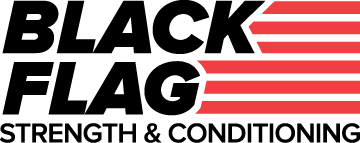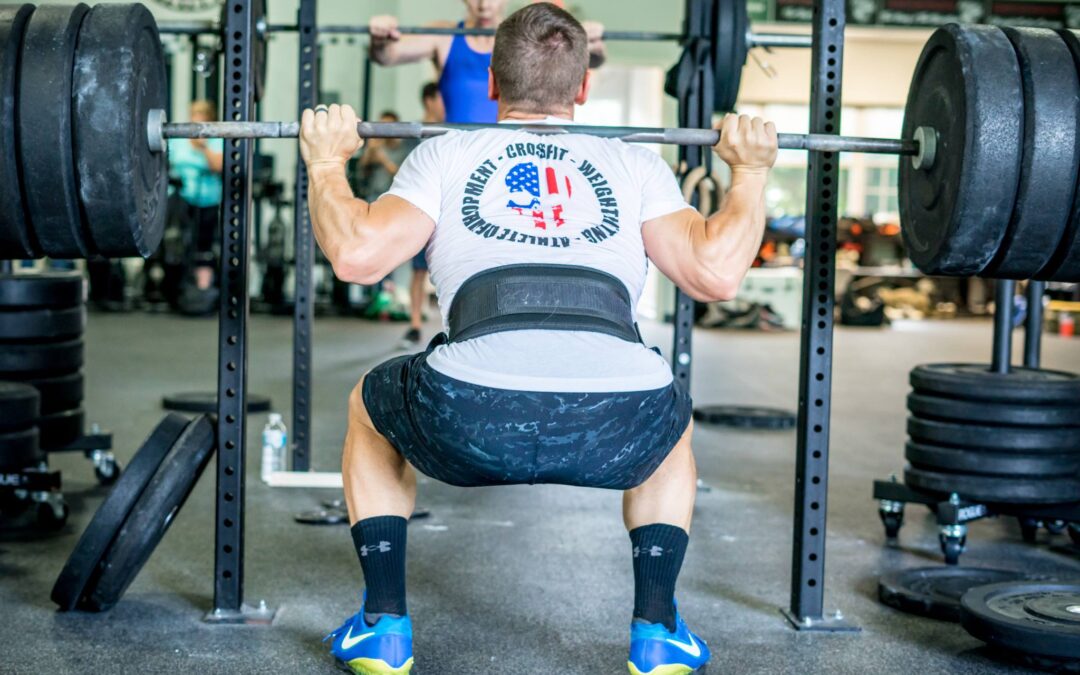“If you need a lifting belt every time you squat or deadlift, then you have an underlying problem that needs attention.” Whether this problem is actually bracing related or ego related, it’s important to know why we use the belt and how to best implement it. Let’s take a deep dive into the lifting belt and discover someways it could either help or hurt our training.
History
There are two origins to the lifting belt. Shown in Greek mythology, Milo of Croton (well-known for his superior strength) built his strength through progressive training. He would carry the same calf uphill every day and as the calf became heavier, Milo would get progressively stronger. When the calf became a full grown cow, Milo couldn’t carry him anymore. The cow was slaughtered and consumed by the hungry. Milo took the cow’s hide and crafted lifting belts which he wore for his Olympic endeavors.
The belt from a modern history standpoint was reintroduced in the late 19th century. There was confusion as to whether it was more for decoration or more as back support. However, Professor Attila, a famous strongman and coach, began to utilize the belt with several competitive athletes. In the 1896 Olympic Games, the belt began to gain widespread popularity. It allowed for athletes to lift more in competition while also showing some flare on the platform.
Why
From a research standpoint, the belt is synonymous with lifting heavier weights and greater explosive power. Also, it allows for the lower & mid back (lumber & lower thoracic region) to develop more rigidness (greater compression and stiffness). This allows for greater stability and force production. Lastly, for higher repetition efforts, the belt can enable the fatigued lifter the ability to maintain rigidity allowing for further hypertrophy and endurance.
How to Wear
Your belt should be situated just above your hip bones. Avoid any restriction and or major pinching. From here, breathe in slightly and then tighten the belt. There should be just enough room for you to breathe out and expand. It should be tight enough for you to slide your hand between the belt and your abdomen, but enough slack for you to expand 360 degrees in the rib cage.
How To Brace
The athlete should think breathing forward into the belt, laterally through the ribs, and through the lower back. Meanwhile, the lifter should also flex their abs to further create a neutral spine position. A cue that could help out is to pretend like someone is going to take a shot to your gut. How would you brace against that? As you brace against the punch, breathe into your abdomen and keep your ribcage down.
Who Should Wear It
Athletes who have mastered these breathing and bracing techniques can utilize the belt to aid their training. From a general population perspective, athletes who are newer to training should steer clear of using a belt and develop the bracing fundamentals first. Athletes who have competitive aspirations or are training at higher levels should use in order to further progress in their training. Again, these athletes should have already demonstrated proper bracing and control before relying on their belts.
Argument for Beltless Training
All things considered, the majority of athletes need to weigh the risk versus reward when it comes to wearing a belt. For beltless lifters, the intra-abdominal pressure that is created from natural bracing and breath control has tremendous benefits. It helps strengthen the postural muscles, helps the abdominal wall use its primary function of supporting the spine in an upright position, and helps athletes gain awareness in position and contraction.
Rule of Thumb
In classes and programs at Black Flag Athletics, we implement the 80% rule with our athletes. This means that all athletes should express the ability to brace with loads underneath 80% without a belt. For those who demonstrate the ability to adequately brace, they can go ahead and use a belt when performing loads above 80% of their 1 repetition max for a given lift. The purpose of wearing one at 80%+ is to increase strength and force production when at greater loads.

ABOUT THE AUTHOR: PETER NELSON II
Peter is the Director of Operations and the Heads of Programming for Black Flag Athletics Headquarters location. His leadership and knowledge directly attributes to the success of all our athletes. In addition to being a top professional in our field, he is an avid long distance runner with several major accomplishments to his name. Outside of the gym, he enjoys hitting the trails with his wife, Paige, and thier awesome dog, Dakota.

